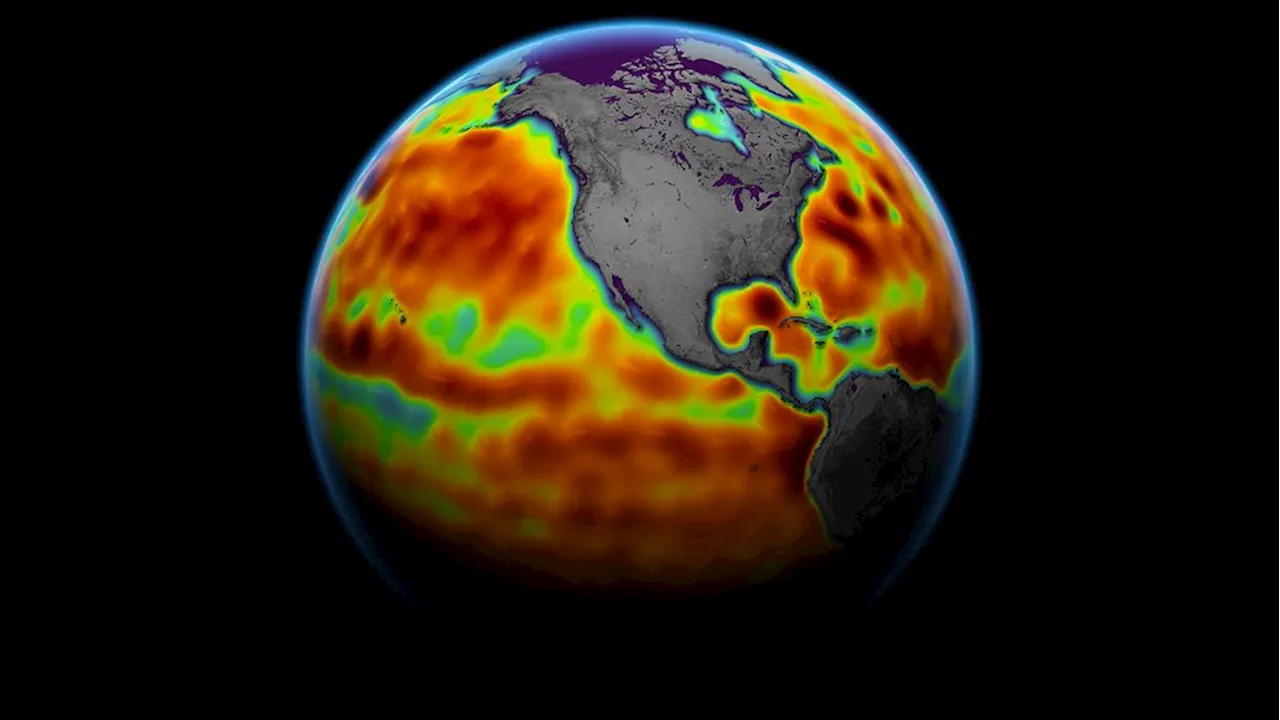Monisha Ravisetti is Space.com's Astronomy Editor. She covers black holes, star explosions, gravitational waves, exoplanet discoveries and other enigmas hidden across the fabric of space and time. Previously, she was a science writer at CNET, and before that, reported for The Academic Times.
Jam packed issues filled with the latest cutting-edge research, technology and theories delivered in an entertaining and visually stunning way, aiming to educate and inspire readers of all agesThis map shows sea level measured by the Sentinel-6 Michael Freilich satellite from June 5 to 15 of 2021. Red areas are regions where sea level is higher than normal, and blue areas indicate areas where it’s lower than normal.The year 2024 was a record-breaking one, and not in a good way.
For example, there are satellites with spectrometers that can reveal the concentration of carbon dioxide in our atmosphere, which is important because experts have revealed that atmospheric carbon dioxide levels are increasing primarily due to the burning of fossil fuels like coal and oil. More carbon dioxide in the atmosphere means a"supercharged" greenhouse gas effect, as the U.S.
David believes all of this information is"absolutely essential." But I asked him to pick the one most useful kind of satellite data to have while forming possible solutions to climate change; he picked radar altimetry."We've had a series of radar altimetry satellites circling around our Earth in constant operation since 1992 that have allowed us to see the undeniable: oceans are in constant rise," he said.
United States Latest News, United States Headlines
Similar News:You can also read news stories similar to this one that we have collected from other news sources.
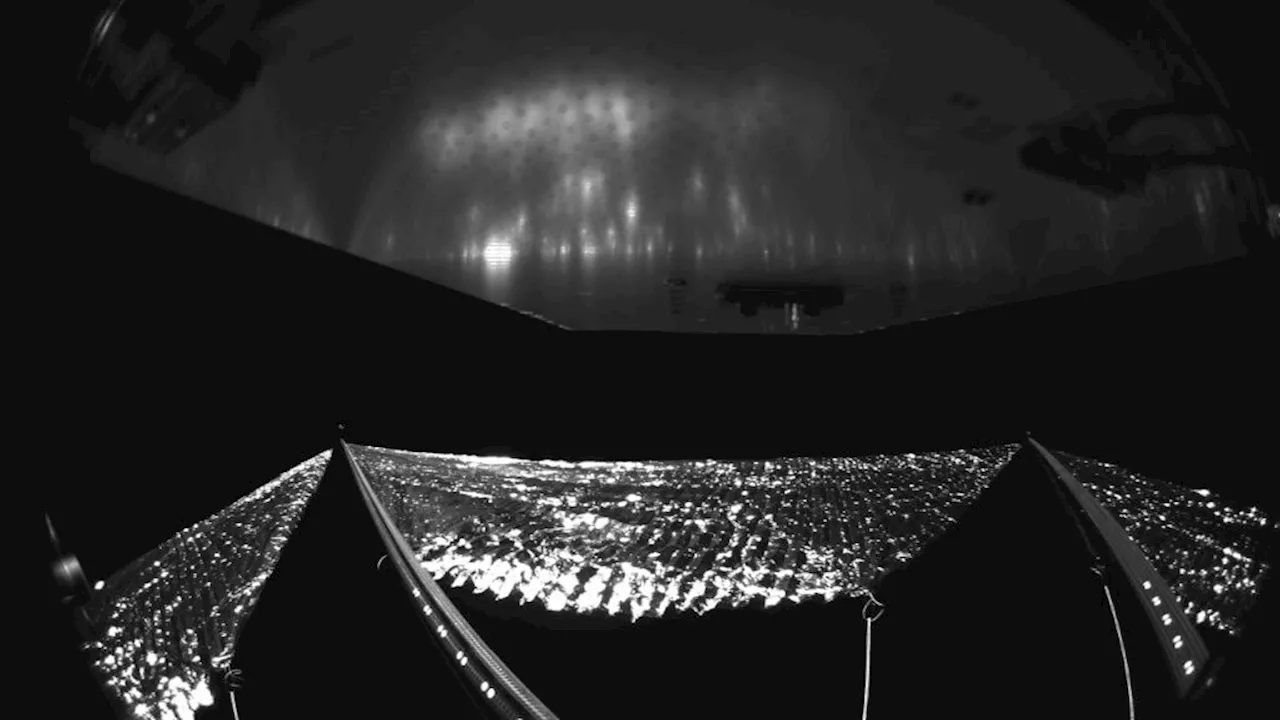 NASA spacecraft captures 1st photo of its giant solar sail while tumbling in spaceMonisha Ravisetti is Space.com's Astronomy Editor. She covers black holes, star explosions, gravitational waves, exoplanet discoveries and other enigmas hidden across the fabric of space and time. Previously, she was a science writer at CNET, and before that, reported for The Academic Times.
NASA spacecraft captures 1st photo of its giant solar sail while tumbling in spaceMonisha Ravisetti is Space.com's Astronomy Editor. She covers black holes, star explosions, gravitational waves, exoplanet discoveries and other enigmas hidden across the fabric of space and time. Previously, she was a science writer at CNET, and before that, reported for The Academic Times.
Read more »
 The biggest galaxies live in our universe's supercluster 'cities'Monisha Ravisetti is Space.com's Astronomy Editor. She covers black holes, star explosions, gravitational waves, exoplanet discoveries and other enigmas hidden across the fabric of space and time. Previously, she was a science writer at CNET, and before that, reported for The Academic Times.
The biggest galaxies live in our universe's supercluster 'cities'Monisha Ravisetti is Space.com's Astronomy Editor. She covers black holes, star explosions, gravitational waves, exoplanet discoveries and other enigmas hidden across the fabric of space and time. Previously, she was a science writer at CNET, and before that, reported for The Academic Times.
Read more »
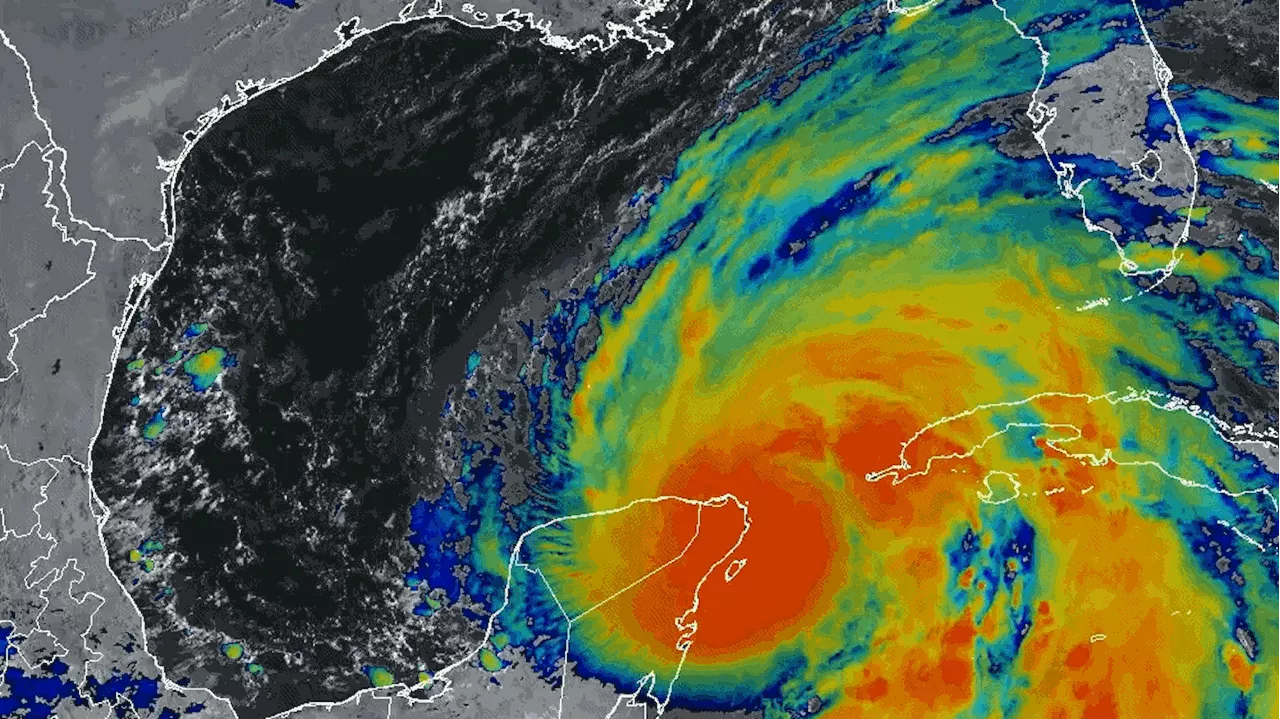 Hurricane Helene could yield major flooding, tornadoes and 'devastating' winds, experts warnMonisha Ravisetti is Space.com's Astronomy Editor. She covers black holes, star explosions, gravitational waves, exoplanet discoveries and other enigmas hidden across the fabric of space and time. Previously, she was a science writer at CNET, and before that, reported for The Academic Times.
Hurricane Helene could yield major flooding, tornadoes and 'devastating' winds, experts warnMonisha Ravisetti is Space.com's Astronomy Editor. She covers black holes, star explosions, gravitational waves, exoplanet discoveries and other enigmas hidden across the fabric of space and time. Previously, she was a science writer at CNET, and before that, reported for The Academic Times.
Read more »
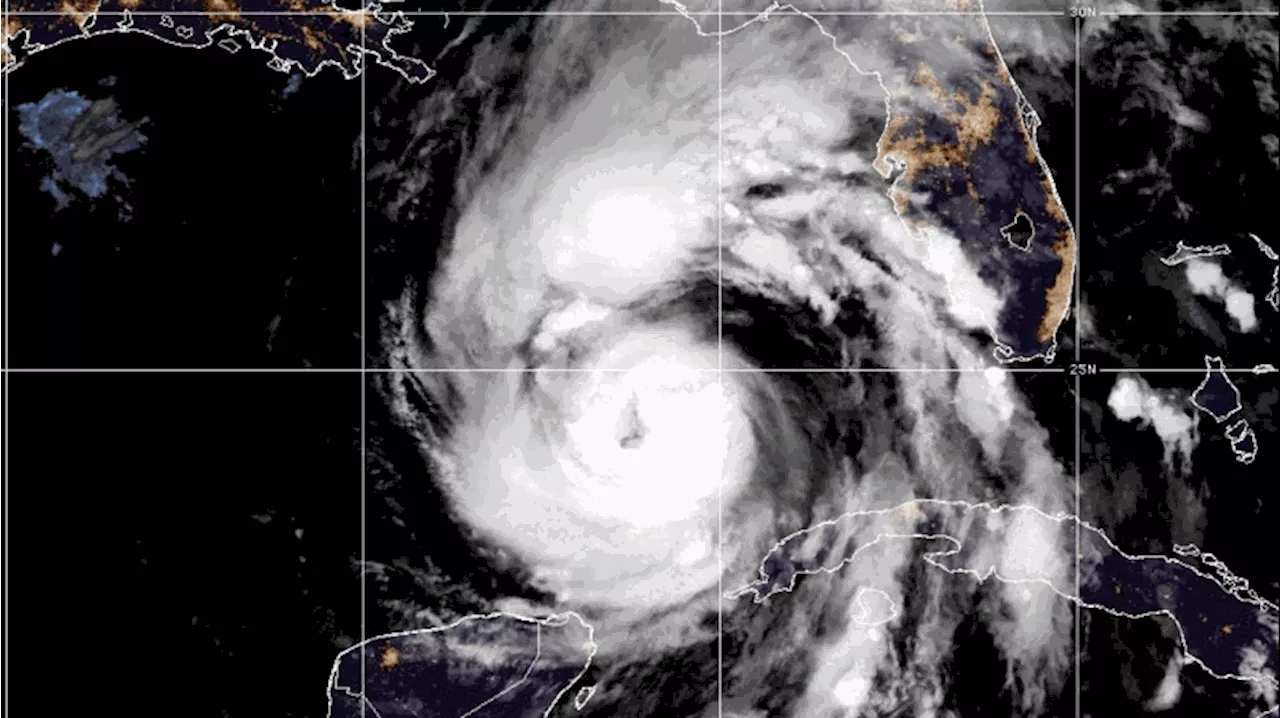 Satellite images show Hurricane Helene gaining strength before Florida landfall (video)Monisha Ravisetti is Space.com's Astronomy Editor. She covers black holes, star explosions, gravitational waves, exoplanet discoveries and other enigmas hidden across the fabric of space and time. Previously, she was a science writer at CNET, and before that, reported for The Academic Times.
Satellite images show Hurricane Helene gaining strength before Florida landfall (video)Monisha Ravisetti is Space.com's Astronomy Editor. She covers black holes, star explosions, gravitational waves, exoplanet discoveries and other enigmas hidden across the fabric of space and time. Previously, she was a science writer at CNET, and before that, reported for The Academic Times.
Read more »
 Completed experiments on International Space Station to help answer how boiling and condensation work in spaceAfter a decade of preparation and two years of active experiments in space, a facility that Purdue University and NASA's Glenn Research Center in Cleveland designed, built and tested has completed its test campaign on the International Space Station.
Completed experiments on International Space Station to help answer how boiling and condensation work in spaceAfter a decade of preparation and two years of active experiments in space, a facility that Purdue University and NASA's Glenn Research Center in Cleveland designed, built and tested has completed its test campaign on the International Space Station.
Read more »
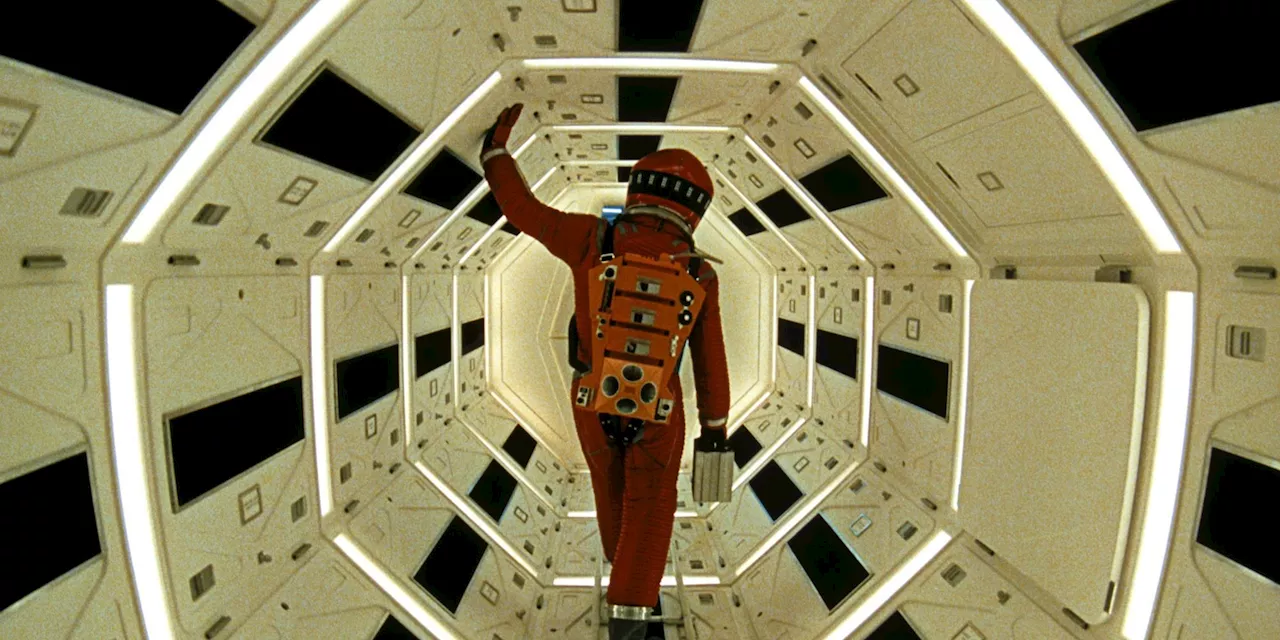 10 Best Speculative Sci-Fi Movies, RankedKeir Dullea in a spacesuit walking through well-lit space pod in 2001: A Space Odyssey.
10 Best Speculative Sci-Fi Movies, RankedKeir Dullea in a spacesuit walking through well-lit space pod in 2001: A Space Odyssey.
Read more »
